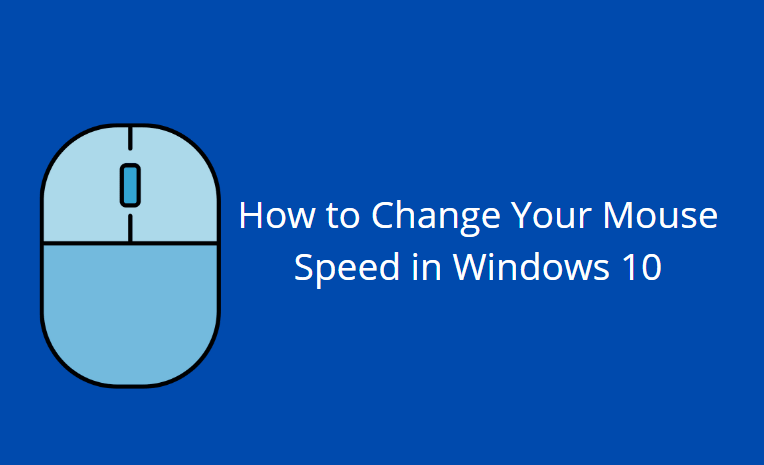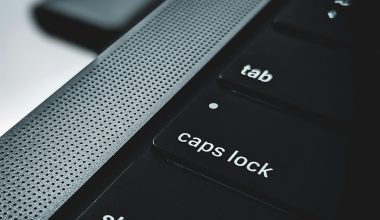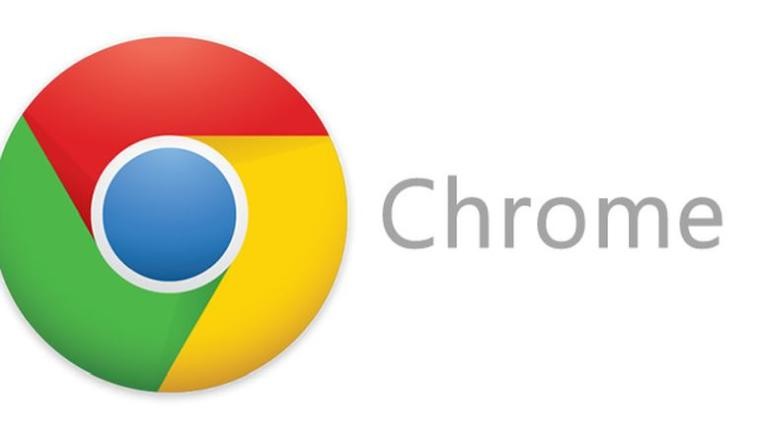Ever tried watching your favorite video, only to find it crawling like a snail? Yep, we’ve all been there. Slow-motion playback when you didn’t hit the slow-mo button is frustrating. But don’t worry — we’ve got your back. In this fun and easy read, we’ll walk you through quick fixes to get your videos playing smoothly again.
Why Is My Video Playing in Slow Motion?
Before diving into the fixes, let’s understand what’s going on. Most of the time, videos play slow due to:
- Low device performance
- Software glitches
- Corrupted video file
- Incorrect video player settings
- Driver or browser issues
Now that we know the villains of the story, let’s send in the heroes — the fixes!
1. Restart Everything
Sounds too simple? That’s because simple works. Try restarting your:
- Device – Sometimes a fresh start clears up performance issues.
- Video Player – Glitches happen. Close it and open again.
- Browser – If you’re streaming online, this could help.
Hit restart, and sometimes, the problem just disappears like magic.
2. Check Device Performance
Your device might be working too hard. Check for these signs:
- Is your fan hissing like a raccoon in a fight?
- Are apps running reeeally slow?
If yes, then your hardware might be under stress.
Quick Fixes:
- Close background apps.
- Free up RAM by restarting or using a cleaner app.
- Run a virus scan. Malware is a sneaky culprit.
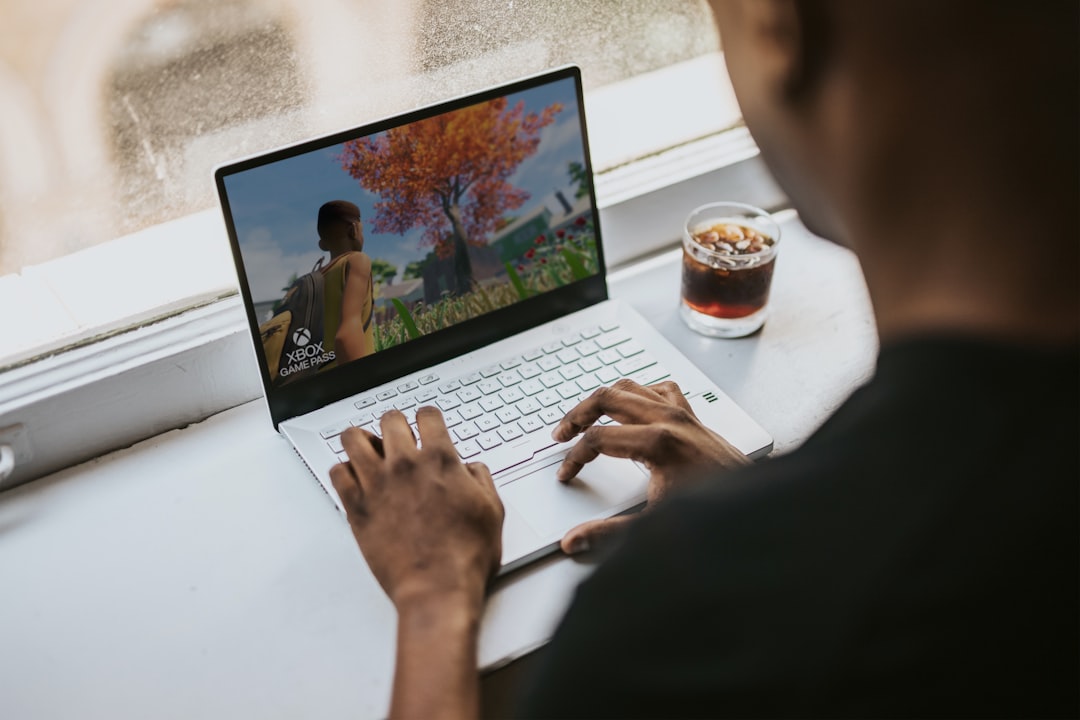
3. Try a Different Video Player
Maybe your video player is just not up to the task. The default media player might struggle with high-res or certain formats.
Fix: Download and use a reliable alternative like:
- VLC Media Player – Handles almost any file format and has settings to adjust playback speed.
- KMPlayer – Lightweight and highly customizable.
- MPV – For tech lovers who want complete control.
Sometimes, just switching the player makes the video run like a dream.
4. Update Your Software
Still stuck in slow-mo? Updates might be the key.
Here’s what to update:
- Media players – Bugs get fixed in new versions.
- Your operating system – System updates often improve performance.
- Display drivers – Outdated drivers can mess with video speed and quality.
Don’t ignore those annoying update notifications — they’re trying to help!
5. Reduce Video Quality
If the video’s in 4K but your device is struggling to run basic apps, that’s a mismatch.
Try lowering the resolution. Here’s how:
- Streaming platforms (like YouTube):
- Click the gear icon.
- Select a lower resolution (like 720p or 480p).
- Downloaded videos:
- Use a converter tool to compress or downscale the video.
Less pixels = less pressure = smoother playback.
6. Disable Hardware Acceleration
What’s that? Think of it as your computer offloading video tasks to the GPU. Sounds good, right? Well, sometimes it backfires.
If your GPU or driver isn’t playing nice, disabling hardware acceleration can help.
Here’s how you do it for Chrome:
- Go to Settings.
- Scroll down and click Advanced.
- Find Use hardware acceleration when available and turn it off.
- Restart the browser.
Test your video again. Sometimes, that one little switch does wonders.
7. Fix or Replace the Video File
Downloaded videos might be corrupted. If you’ve tried everything and the video is still laggy, your file may be damaged.
Try this:
- Download a new copy (if possible).
- Use repair tools like VLC Media Player’s built-in repair feature for AVI files.
- Try playing it in a different format if available.
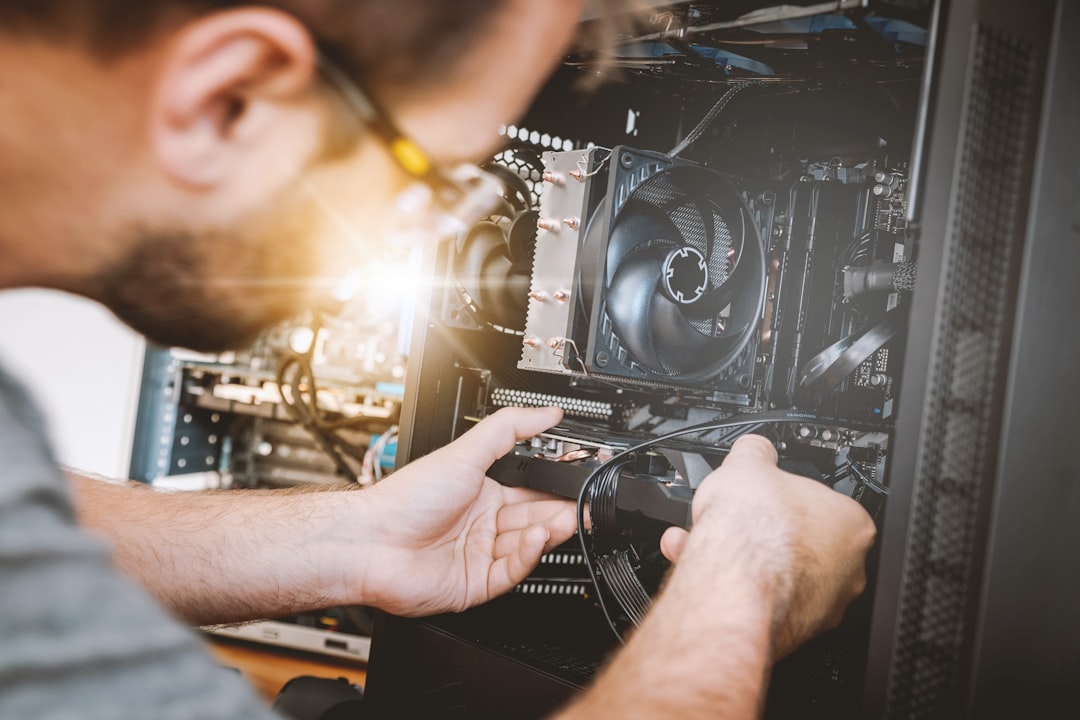
8. Update Audio Drivers
Wait. What? Audio drivers? Yep — they matter too!
Video and audio go hand in hand. If your sound system lags, it can throw off the video sync.
Update them like this (Windows):
- Open Device Manager.
- Click on Sound, Video and Game Controllers.
- Right-click your audio device and select Update driver.
A quick update might fix more than just slow playback.
9. Try Watching in Safe Mode
If videos only lag on your personal setup but not on other devices, test out Safe Mode.
Safe Mode loads your OS with minimal settings and drivers. This helps identify if another app or driver is causing the issue.
Just Google “how to boot into Safe Mode” based on your system (Windows, macOS, etc.). It could lead you to the troublemaker.
10. Clear Cache and Cookies
For online videos, browser bloat could slow things down. Over time, cookies and cached files pile up and make a mess.
To clean your browser’s house:
- Open your browser settings.
- Find Privacy or History.
- Click Clear browsing data.
- Check the boxes for cache and cookies. Hit Clear.
Your browser will feel lighter, and videos may finally run at the speed of light (okay, maybe not light, but normal!).
11. When All Else Fails…
If you’ve tried everything and your videos are still dragging, it’s possible your device just isn’t up to it. It might be time to:
- Upgrade your RAM or hard drive.
- Get a new graphics card (for desktops).
- Switch to a newer laptop or device.
Sometimes, old tech just can’t keep up with flashy new videos.
A Smooth Viewing Experience Awaits!
There you have it — quick and easy fixes to stop videos from creeping along in slow motion.
Try one or try them all. With a bit of luck and a few clicks, you’ll be back to binge-watching without a single hiccup.
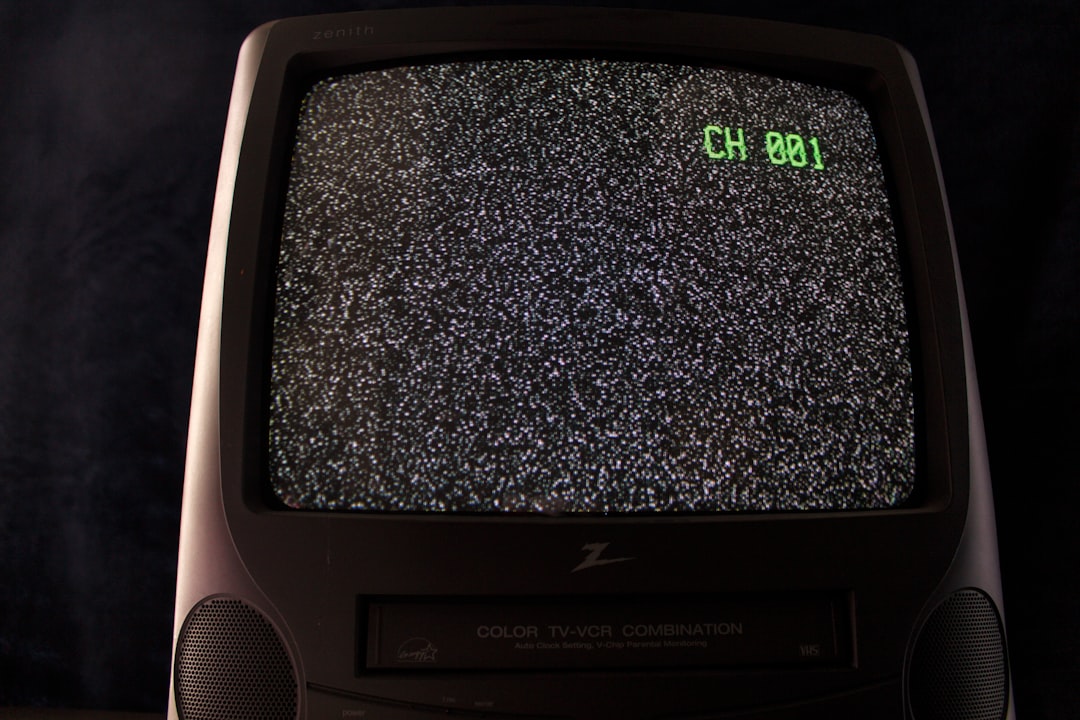
Happy watching!
